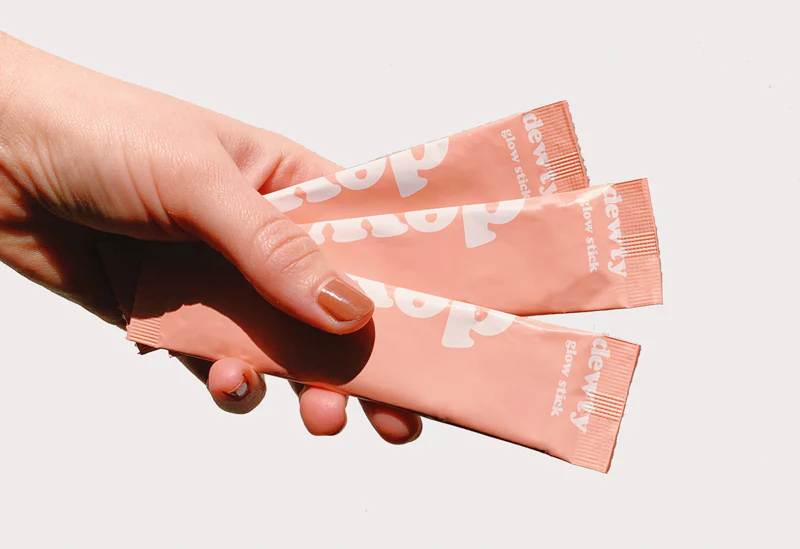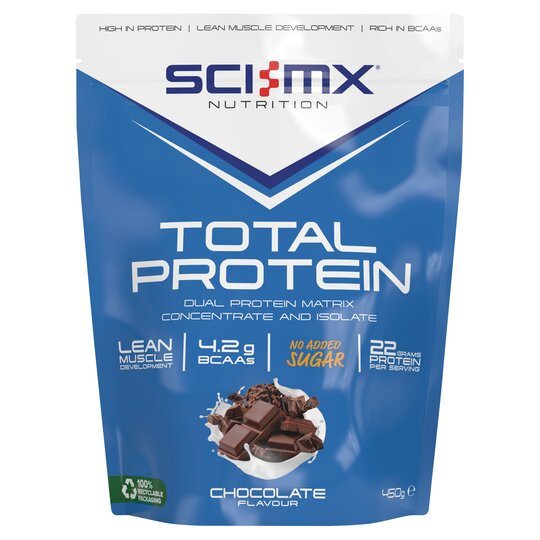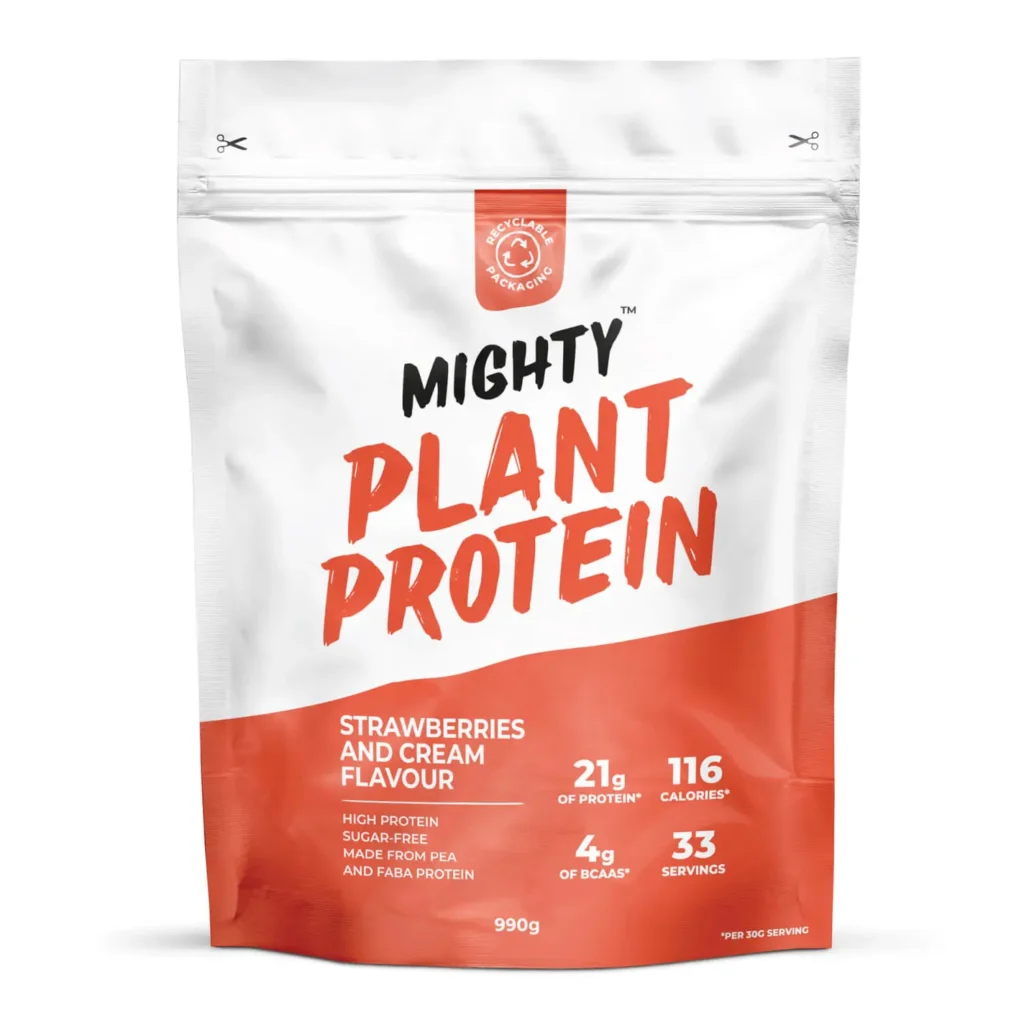In the dynamic world of nutritional supplements, packaging plays a pivotal role in preserving product quality, ensuring convenience, and attracting consumers. Among the myriad options available, flexible packaging stands out as a versatile and practical choice. In this comprehensive guide, we’ll delve into the various types of flexible packaging, from rollstock to stand-up pouches, and explore their suitability for nutritional supplements. So, whether you’re a seasoned manufacturer or a newcomer to the industry, buckle up as we navigate through the realm of flexible packaging.
Types of Flexible Packaging for Nutritional Supplements
Rollstock Packaging
Rollstock packaging is a popular choice for nutritional supplements, offering flexibility in both form and function. Sachets and stickpacks, two common variations of rollstock packaging, provide convenient single-servings ideal for on-the-go consumption. Sachets, typically made from laminated films, offer a compact and lightweight solution, perfect for powdered supplements and vitamins. Stickpacks, characterised by their elongated shape, are favoured for liquid concentrates and granulated products. Their slender design not only enhances shelf appeal but also reduces material waste, making them an eco-friendly option.
Doypacks/Stand-Up Pouches
When it comes to resealable powders and larger quantities of supplements, doypacks and stand-up pouches steal the spotlight. These pouches, equipped with a gusseted bottom and a resealable zipper, provide stability on shelves and convenience for consumers. The stand-up feature not only maximises shelf visibility but also facilitates easy storage and pouring. With customizable printing options, including vibrant graphics and branding elements, doypacks and stand-up pouches offer ample opportunities for brand differentiation and consumer engagement.
High Barrier Properties for Nutritional Supplements
One of the key considerations in flexible packaging for nutritional supplements is the maintenance of product integrity through high barrier properties. Nutritional supplements often contain sensitive ingredients prone to degradation from moisture, oxygen, and light exposure. Therefore, selecting packaging materials with superior barrier properties is essential for preserving product freshness and efficacy.
Commonly used barrier films include laminates incorporating layers of foil, metallized films, or high-density polyethylene (HDPE). These materials provide an effective barrier against moisture and oxygen ingress, safeguarding the potency of vitamins, minerals, and active ingredients. Additionally, specialised coatings and additives can further enhance barrier performance, ensuring long-term shelf stability for nutritional supplements.
Sustainability in Flexible Packaging for Supplements
In today’s eco-conscious landscape, sustainability is no longer just a trend but a necessity. Fortunately, flexible packaging offers several sustainable solutions to reduce environmental impact without compromising functionality or aesthetics.
One notable approach is the use of recyclable materials in packaging construction. Innovations in bio-based films derived from renewable sources such as plant-based polymers are paving the way for greener packaging alternatives.
Furthermore, lightweight and efficient design features inherent in flexible packaging contribute to reduced material usage and transportation emissions. By optimising package-to-product ratios and adopting minimalist designs, manufacturers can minimise waste generation and carbon footprint throughout the supply chain.
Emerging Trends of Nutritional Supplement Packaging
As the landscape of nutritional supplements continues to evolve, so too does the realm of flexible packaging. Emerging trends such as smart packaging, which incorporates features like QR codes and NFC tags for enhanced consumer engagement and product traceability, are gaining traction among forward-thinking brands.
Moreover, the convergence of sustainability and innovation is driving the development of recyclable packaging solutions, revolutionising the concept of packaging as we know it. In the coming years, we can expect to see further advancements in material science, manufacturing processes, and design aesthetics, shaping the future of flexible packaging in the nutritional supplement industry. By staying abreast of these developments and embracing a mindset of continuous improvement, manufacturers can position themselves at the forefront of innovation and sustainability.
In the ever-evolving landscape of nutritional supplements, flexible packaging emerges as a versatile and sustainable solution to meet the demands of consumers and manufacturers alike. From single-serving sachets to resealable stand-up pouches, the possibilities are endless when it comes to packaging innovation.
By prioritising high barrier properties, sustainability, and consumer convenience, manufacturers can deliver products that not only stand out on the shelves but also uphold the integrity and efficacy of the supplements within. As we look towards the future, let us embrace the transformative power of flexible packaging to shape a healthier, more sustainable world for generations to come.
Stay tuned for more insights, tips, and trends in our ongoing exploration of the ultimate guide to flexible packaging. Together, let’s unlock the potential of packaging to elevate the nutritional supplement industry to new heights of success and sustainability.
If you want to know more about flexible packaging for nutritional supplements, contact ePac today.




